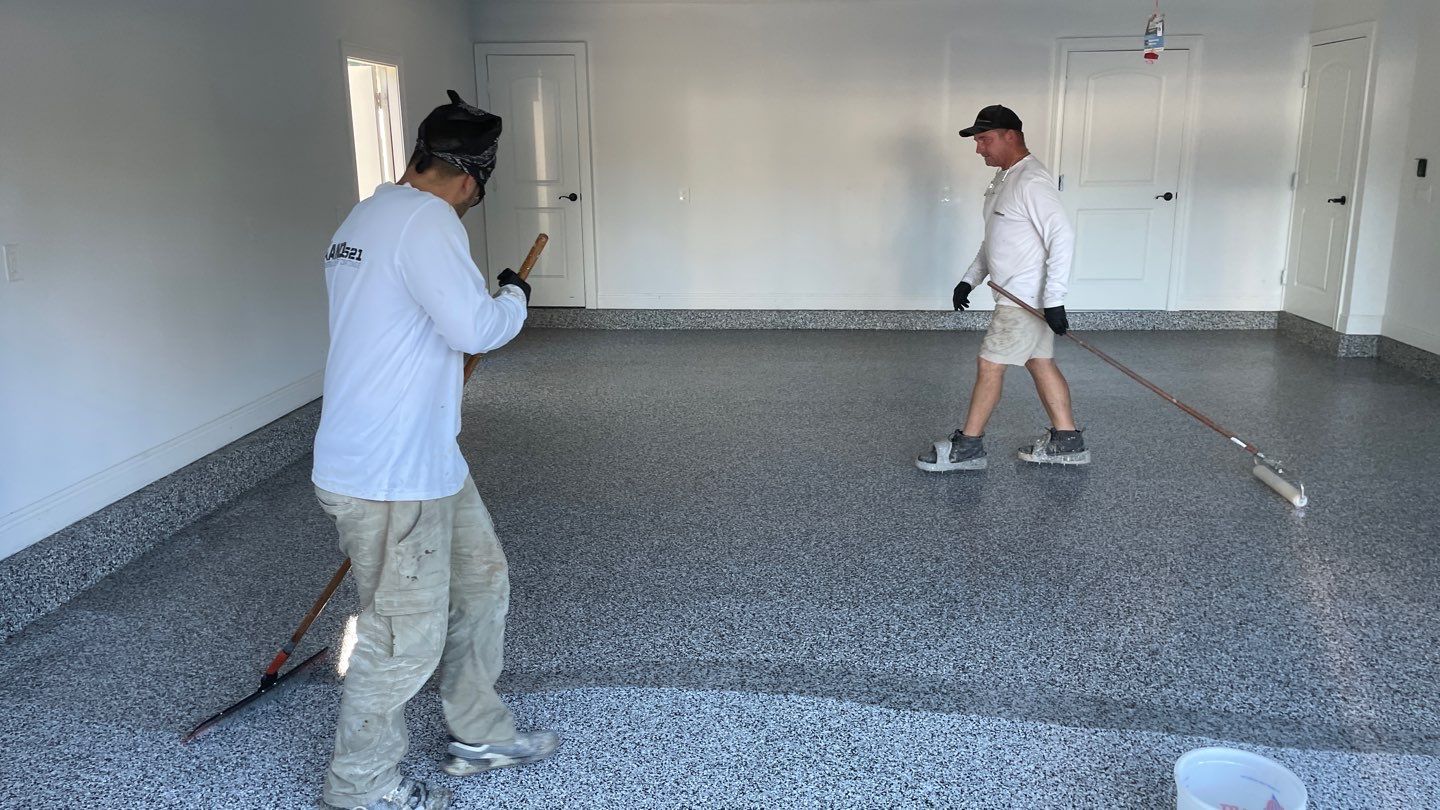In the realm of protective coatings and industrial solutions, few compounds boast the versatility and resilience of polyurea. Renowned for its exceptional durability, abrasion resistance, and waterproofing properties, polyurea has become a staple in safeguarding surfaces across various industries. However, its arsenal has expanded with the emergence of aromatic variants, specifically tailored to tackle the most challenging environments.
Polyurea, in its traditional form, exhibits remarkable attributes. Its rapid curing time, high tensile strength, and resistance to chemicals and extreme temperatures make it a top choice for applications ranging from truck bed liners to water containment systems. Yet, when confronted with harsh conditions that demand enhanced UV stability and prolonged durability, aromatic polyurea steps in as the game-changer.
Aromatic polyurea diverges from its aliphatic counterpart primarily in its chemical structure. While aliphatic polyurea offers superior UV stability and color retention, aromatic polyurea focuses on fortifying surfaces against abrasion and harsh chemicals. This variation serves as the secret weapon in the polyurea arsenal, tailored explicitly for the harshest environments.
The applications of aromatic polyurea are widespread and crucial across several industries. Consider its role in protective coatings for infrastructure exposed to extreme weather conditions. Bridges, pipelines, and offshore platforms endure relentless onslaughts of UV radiation, temperature fluctuations, and corrosive elements. Aromatic polyurea acts as a shield, preserving the structural integrity and extending the lifespan of these vital components.
Moreover, the automotive and transportation sectors benefit immensely from the resilience of aromatic polyurea. Truck bed liners, a common application, rely on this variant to withstand heavy impacts, chemical spills, and abrasive cargo, ensuring long-term protection against wear and tear.
One of the most significant advantages of aromatic polyurea lies in its ability to thrive in demanding environments without compromising performance. Its resilience against harsh chemicals, combined with excellent abrasion resistance, positions it as an indispensable asset in the chemical processing industry. Storage tanks, containment areas, and secondary spill containment benefit from the robust barrier provided by aromatic polyurea.
The key to unleashing the full potential of aromatic polyurea lies in its formulation and application. Manufacturers have fine-tuned the composition to balance durability, flexibility, and chemical resistance, ensuring optimal performance in the toughest conditions. Additionally, skilled applicators employ advanced techniques to guarantee seamless coverage and uniform thickness, maximizing the protective capabilities of aromatic polyurea coatings.
However, while aromatic polyurea boasts exceptional properties, it’s essential to acknowledge some trade-offs. Unlike its aliphatic counterpart, aromatic polyurea may experience some color fading when exposed to UV radiation over extended periods. This consideration becomes crucial in aesthetic applications where color retention is paramount.
In conclusion, the emergence of aromatic polyurea has revolutionized the protective coatings industry by introducing a specialized variant tailored for the most challenging environments. Its ability to withstand abrasion, harsh chemicals, and extreme conditions makes it an invaluable asset across diverse sectors. As technology advances and formulations evolve, aromatic polyurea continues to stand as a formidable ally, safeguarding critical infrastructure and ensuring longevity in the face of adversity.
